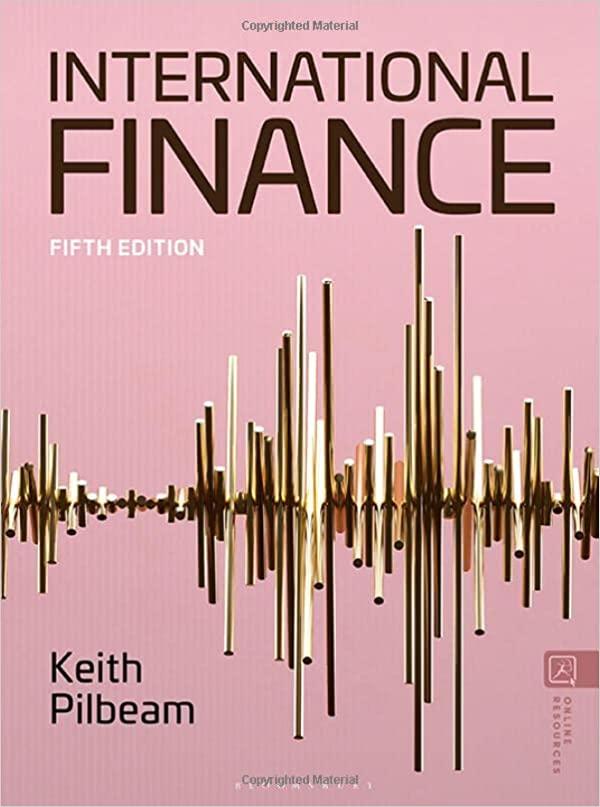READ THE ENTIRE SUBMISSION! each part must be answered. do not skip any of the blanks! thank you!

Consider an entrepreneur with the following investment opportunity. For an initial investment of $800 this year, a project will generate cash flows of either $1,400 next year or $900 next year. The cash flows depend on whether the economy is strong or weak during the year, with both scenarios being equally likely. The market value of the firm's unlevered equity today is $1,000.00. Investors demand a risk premium over the current risk-free interest rate of 5% to invest in this project. Given the market risk of the investment, the appropriate risk premium is 10%. The entrepreneur decides to raise part of the initial capital using debt. Suppose she funds the project by borrowing $750, in addition to selling equity. The debt is risk-free. a. According to MM Proposition I, what is the value of the levered equity? What are its cash flows if the economy is strong? What are its cash flows if the economy is weak? b. What is the return on equity for the unlevered and the levered investment? What is its expected return for the levered and unlevered investment? c. What is the risk premium of equity for the unlevered and the levered investment? What is the sensitivity of the unlevered and levered equity return to systematic risk? How does the levered sensitivity compare to the sensitivity of the unlevered equity return to systematic risk? How does its levered risk premium compare to the a. According to MM Proposition I, what is the value of the levered equity? What are its cash flows if the economy is strong? What are its cash flows if the economy is weak? According to MM Proposition I, the value of the levered equity is $ (Round to the nearest cent.) If the economy is strong the cash flows are $ (Round to the nearest cent.) If the economy is weak the cash flows are $ (Round to the nearest cent.) b. What is the return on equity for the unlevered and the levered investment? What is its expected return for the levered and unlevered investment? The unlevered equity return if the economy is strong is \%. (Round to two decimal places.) b. What is the return on equity for the unlevered and the levered investment? What is its expected return for the levered and unlevered investment? The unlevered equity return if the economy is strong is \%. (Round to two decimal places.) The unlevered equity return if the economy is weak is %. (Round to two decimal places.) The levered equity return if the economy is strong is \%. (Round to two decimal places.) The levered equity return if the economy is weak is %. (Round to two decimal places.) The expected return of the unlevered equity is \%. (Round to two decimal places.) The expected return of the levered equity is \%. (Round to two decimal places.) c. What is the risk premium of equity for the unlevered and the levered investment? What is the sensitivity of the unlevered and levered equity return to systematic risk? How does the levered sensitivity compare to the sensitivity of the unlevered equity return to systematic risk? How does its levered risk premium compare to the unlevered risk premium? The risk premium of the unlevered equity is \%. (Round to two decimal places.) The risk premium of the levered equity is \%. (Round to two decimal places.) The sensitivity of the unlevered equity return compared to systematic risk is %. (Round to two derimal nlaras ) c. What is the risk premium of equity for the unlevered and the levered investment? What is the sensitivity of the unlevered and levered equity return to systematic risk? How does the levered sensitivity compare to the sensitivity of the unlevered equity return to systematic risk? How does its levered risk premium compare to the unlevered risk premium? The risk premium of the unlevered equity is %. (Round to two decimal places.) The risk premium of the levered equity is \%. (Round to two decimal places.) The sensitivity of the unlevered equity return compared to systematic risk is \%. (Round to two decimal places.) The sensitivity of the levered equity return compared to systematic fisk is %. (Round to two decimal places.) The sensitivity of the levered equity return compared to the sensitivity of the unlevered equity return is times. (Round to one decimal place.) The levered risk premium compared to the unlevered risk premium is times. (Round to one decimal place.) d. What is the debt-equity ratio of the investment in the levered case? The debt-equity ratio of the levered investment is times. (Round to two decimal places.) e. What is the firm's WACC in the levered case? The firm's WACC in this case is %. (Round to two decimal places.)










